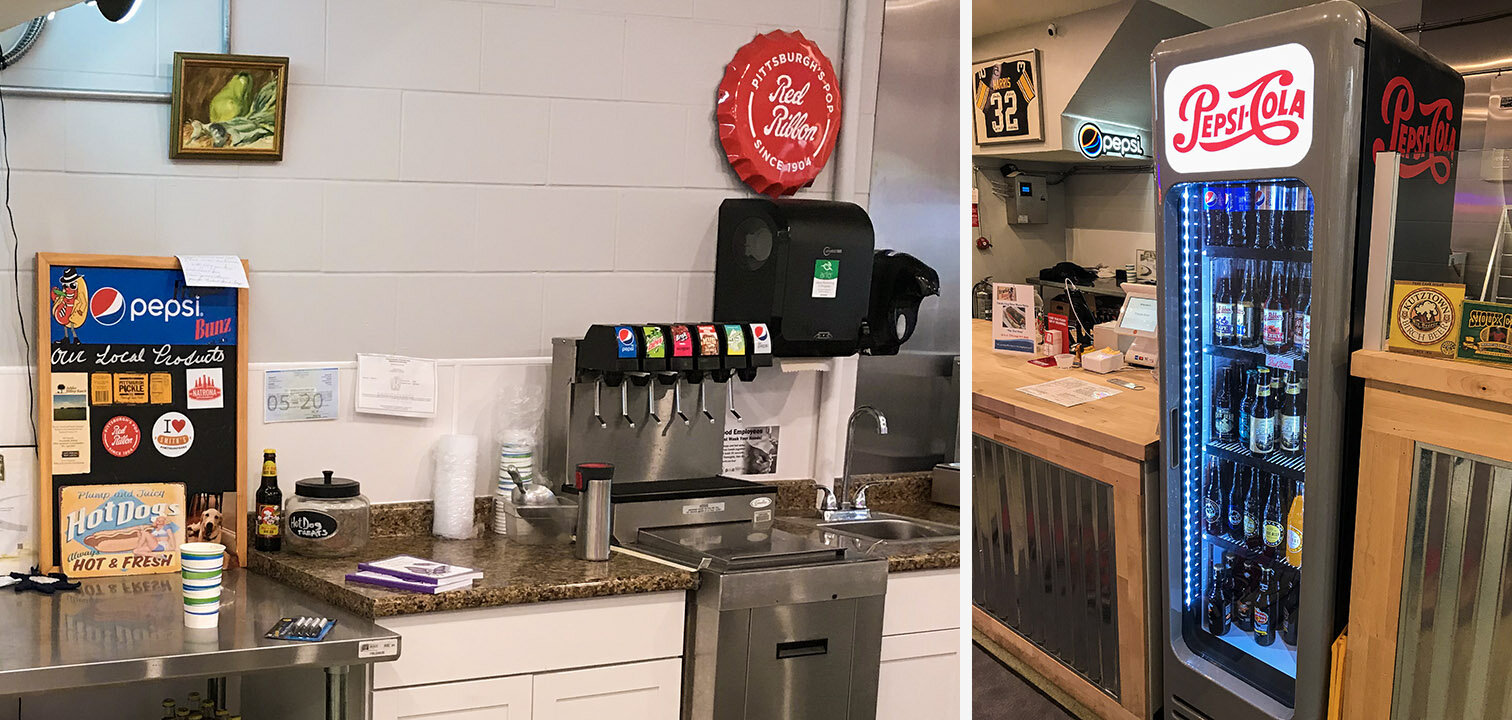From paper to digital
UXTools.co has some very useful information about design tools - and they break these down into specific tasks, such as:
Just one of many intuitive rankings for useful design tool categories
Which tool is best for information architecture? I cannot say for sure. There are many, many, many tools for designers to choose from. Knowing which tool is best for a particular task can save time and money. Let’s look at three:
This vector drawing app is part of an entire suite of tools offered by Adobe
Adobe Illustrator 2020
Strengths:
Compatibility - part of an “ecosystem” it works seamlessly with other Adobe apps
Established standards - works with a variety of file types, and produces files that can be used with a variety of other apps
Maturity - with more than three decades of development, it is not likely to go away anytime soon
Updates - the software is frequently updated (with both new features and bug fixes)
Weaknesses:
Price - Adobe products have always been expensive, and every version of Illustrator since Adobe CS6 has been priced as a subscription, billed annually or monthly
Interactivity - does not support interactive features. Elements are static
Collaboration - does not support simultaneous editing
I do not have personal experience with this app (yet) but here’s what stackshare.io has to say:
Figma
Strengths:
Collaboration - while both Figma and Illustrator offer vector-based graphic design tools, only Figma is capable of collaboration in real-time. Multiple users can tweak and edit the same file simultaneously.
Endless design file versioning - file versioning is considered a “best practice” when working on a project. With Illustrator, this is done manually (users must be “good citizens” and use the “save as” option, adding _Vxx to the end of their file names. Figma does this automatically, and embeds the changes into metadata
Platform agnostic - Figma runs in browser. You can switch between machines to continue working on a variety of platforms. Illustrator works with a variety of platforms (Windows, MacOS, and iOS), but each system requires a separate installation
Responsive UI - simple changes to graphics elements update in real-time
Prototyping - Illustrator can produce graphics, but it cannot produce interactive prototypes.
Handoff - prototypes can easily be handed off to web developers to be converted into fully-functional assets.
Price - it is free for students
Weakness:
Standardization - Illustrator is generally regarded as an industry standard, and it supports “legacy” project files. Figma is much more modern, but not as backward compatible.
No access to API - Illustrator users can program functions directly. This is especially useful when a project requires several repetitive tasks
Popularity - “According to the StackShare community, Adobe Illustrator has a broader approval, being mentioned in 80 company stacks & 57developers stacks; compared to Figma, which is listed in 60 company stacks and 54 developer stacks.” - stackshare.io
Adobe’s offering for designers who need to prototype for interaction
Adobe Xd 2020
Strengths:
Compatibility - part of an “ecosystem” it works seamlessly with other Adobe apps.
Prototyping - intuitive interface allows designers to rapidly “wire” their screens through a variety of triggers.
Large library - offers a wide variety of animations, transitions, and triggers.
Platform specific templates - includes built-in templates for quickly establishing a project format. Users can work from a variety of pre-baked device settings (iPhones, Android, Web, Desktop).
Updates - the software is frequently updated (with both new features and bug fixes).
Web-based sharing - prototypes can be shared and launched in browser. Works with Adobe Cloud
Weaknesses:
Price - Adobe products have always been expensive, priced as a subscription, billed annually or monthly
Limited multimedia abilities - while the graphics components are fairly robust, the sound features are extremely limited
Collaboration - does not support simultaneous editing
Which tool is right for evaluating information architecture?
I do not know. I have decided that I will work with Figma, because I believe that their list of features are compelling and complete enough for my first IxD prototype project this semester. Additionally, Figma has gained significant industry presence. Knowing how to use this software could be beneficial to a variety of future careers.














